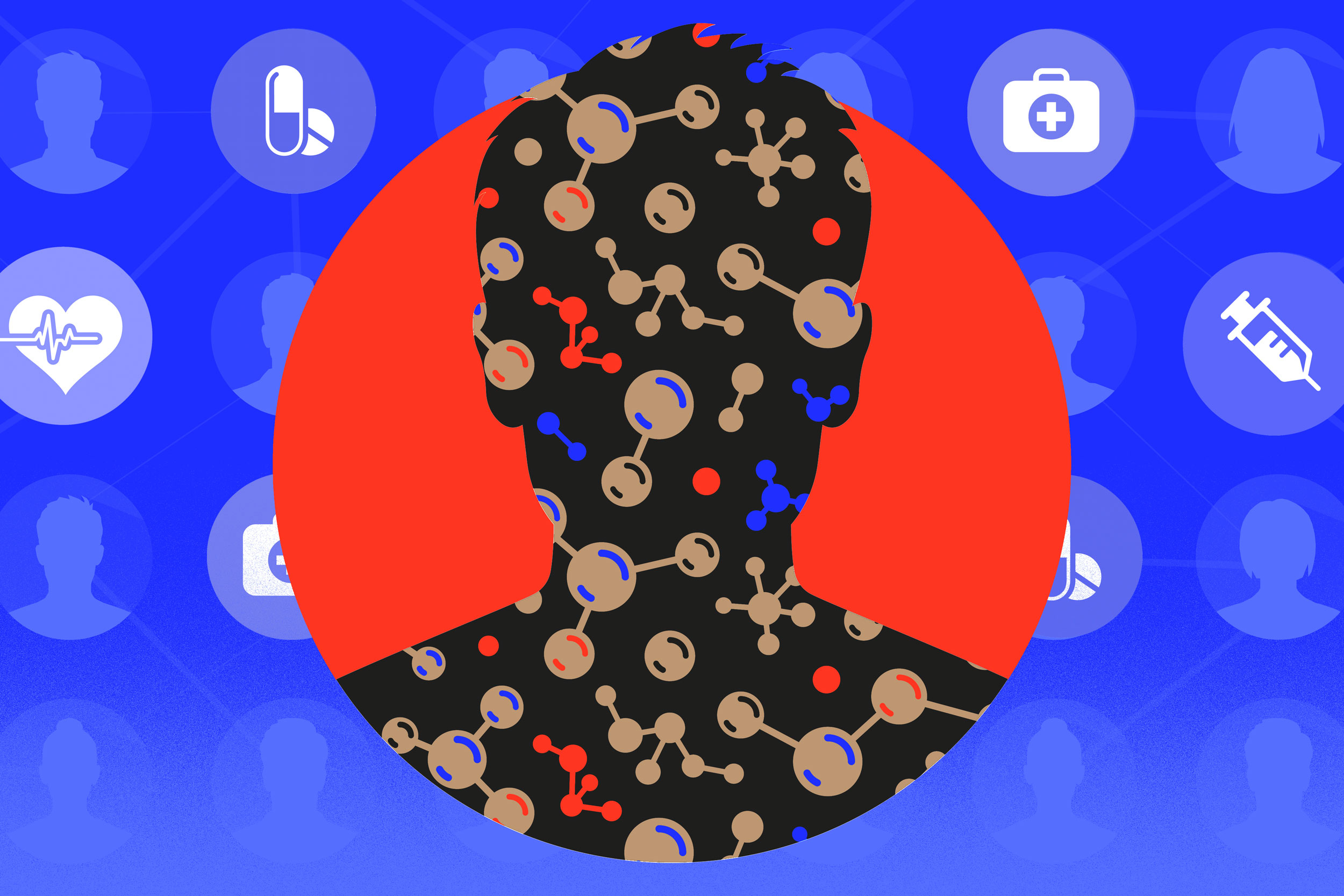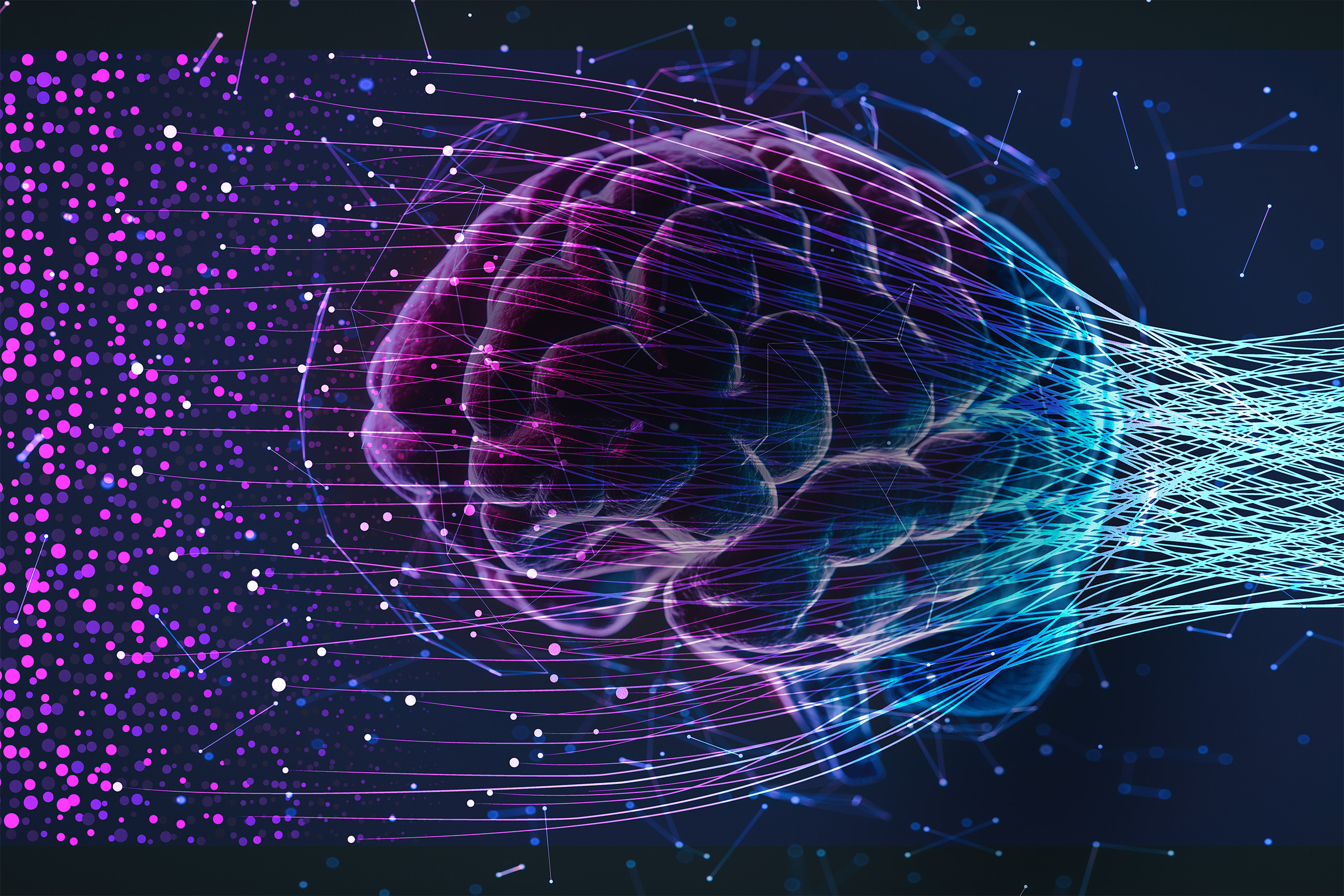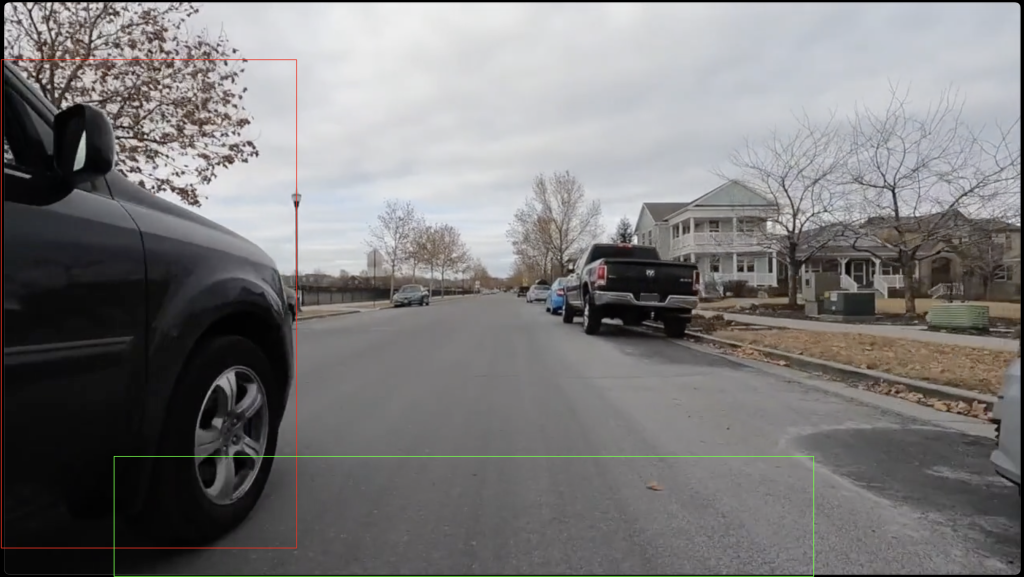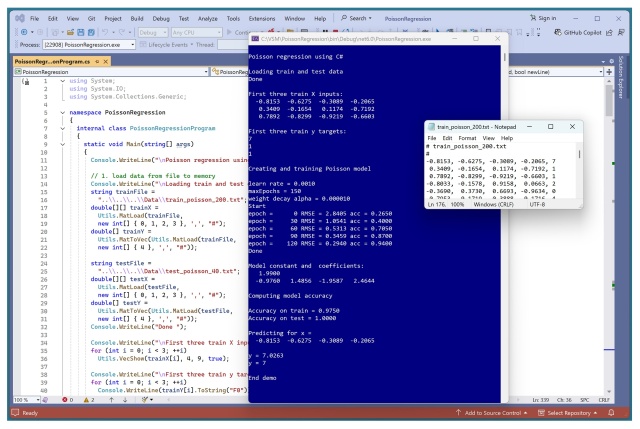Elon Musk's xAI unveils Grok-3 chatbot to rival DeepSeek, OpenAI, and Google Gemini in AI arms race. Musk's 'maximally truth-seeking' bot aims to compete with industry giants amid widespread adoption challenges.
ReviveMed's platform measures metabolites to understand disease drivers and treatment responses, filling a gap in metabolite data analysis. The company collaborates with pharmaceutical giants and offers free software to researchers to unlock insights from untapped metabolite data.
UK project uses drones, cosmic ray detection, and AI to forecast climate tipping points. Aria awards £81m to teams seeking early signals of climate catastrophes.
Formula 1® (F1) partners with Amazon Web Services (AWS) to develop AI-driven solution for faster issue resolution during live races, reducing triage time by up to 86%. The purpose-built root cause analysis (RCA) assistant empowers engineers to troubleshoot and resolve critical issues within 3 days, enhancing operational efficiency.
Kaya Scodelario shines in Beau Willimon's AI-themed play at Hampstead theatre, London. Despite the gripping plot, Ellen McDougall's production lacks tension and falls flat.
Honesty in probabilistic predictions is key to avoiding biased forecasts. Linear scoring rules can incentivize dishonesty, leading to poorly calibrated machine forecasts. David Spiegelhalter's book highlights the importance of penalizing confident but wrong convictions for unbiased assessments.
The Paris AI summit failed, Silicon Valley aligns with Trump, and tech giants reconsider diversity.
Contemporary large language models process diverse data similarly to the human brain's semantic hub, MIT researchers find. Insights could lead to improved future models for handling various languages and tasks.
Summary: Learn how Large Language Models (LLMs) are built and trained, demystifying the process. Explore pre-training, tokenization, and neural network training in GPT4.
Learn how to use AI prompts and LLMs to perform semantic clustering of user forum messages faster and with less effort. Inspired by Clio, this tutorial uses publicly available Discord messages to analyze tech help conversations.
Cycling safety is a growing concern due to dangerous encounters with vehicles. A machine learning solution using Amazon Rekognition helps cyclists identify close calls and promote road safety.
Poisson regression predicts numeric values for count data using specialized techniques and mathematical assumptions. A demo using C# generated synthetic Poisson data and achieved high accuracy with a single constant and coefficients.
Tech giants like Microsoft, Alphabet, Amazon, and Meta are heavily investing in AI, reminiscent of 'plastics' in The Graduate. The pursuit of human-level intelligence is questioned for more practical achievements.
Data science advancements like Transformer, ChatGPT, and RAG are reshaping tech. Understanding NLP evolution is key for aspiring data scientists.
Experts are divided on future tech threats vs present dangers. Maria Ressa warns of big tech's negative impacts on society.















